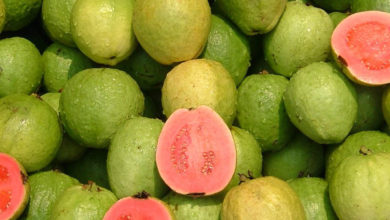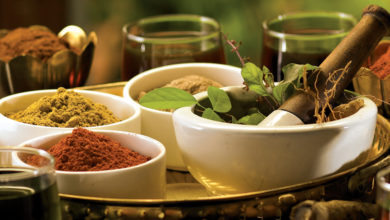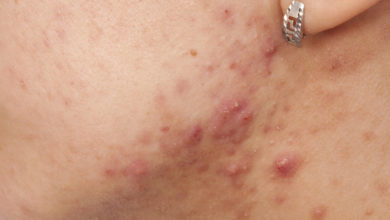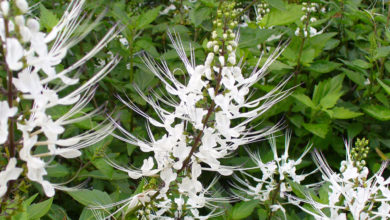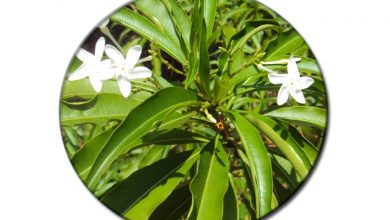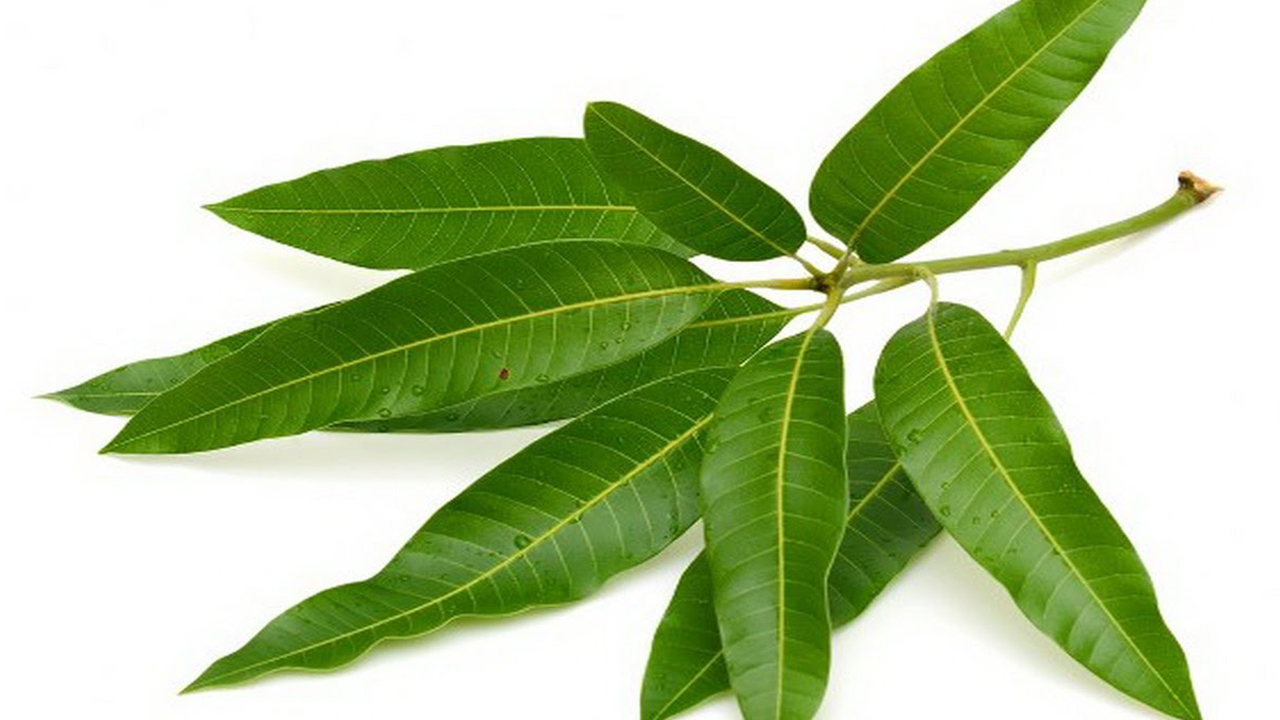
The main purpose of this article is make people aware of the risks hidden behind the strong marketing campaigns of modern tooth pastes which promises best oral hygiene. Maintaining a good oral hygiene is one of the prime daily routine. Healthy and clean oral cavity keeps us healthy and our systems perfect. Brushing teeth is the one of the first task of all humans. Each one of us have a favourite brand of tooth paste which we select and stick always. Toothpastes have influenced our life so much, its because we all wish to give best care to our teeth and gums. Brushing twice daily is the best as per dentists. They recommend flourine containing tooth pastes to avoid cavity,gingivitis and other oral problems. But are we really getting rid of all the tooth problems by following these instructions and guidelines? If we read the instructions written in a toothpaste we may see lines like “DO not Swallow” and “Children under 6 years of age should have adult supervision and use only a pea sized amount”. Why is such instructions written? Most of the tooth pastes are Fluoridated. Though it claims to be used in permissible limits but ingestion may cause severe fluorine toxicity, permanent tooth discoloration (dental fluorosis), stomach problems,skin rashes (perioral dermatitis,impairment in glucose metabolism etc. These risks have been unnecessarily increased by the marketing practices of toothpaste manufacturers, who use cartoon packaging and candy-flavors to target Adult and children at the same time The dental community’s failure to educate the public about the dangers of swallowing too much fluoride toothpaste has further exacerbated the problem.
In old days people used traditional methods of brushing teeth with herbal twigs and powders but on those days there were no dentists and even no dental ailments. Science has advanced, scientists are preparing so many formulas of dental creams but then why is dental problems on rise?
Some of the composition of your favourite brand of paste, their uses with indications is given below. Check out which of these ingredients are present in your tooth paste, discover what they actually do if ingested? The health risks mentioned below vary to person, mode of ingestion and concentration.
1. Sodium Silicate
Action : Anti corrosive action.
Other Uses : Adhesive, cements, textiles, passive fire protection, automobiles etc.
Side effects : Irritation of mucus, nausea, vomiting, Gastro-intestinal irritation etc.
2. Sorbitol
Action : Humectant
Other Uses : Sugar substitute, Laxative, Cosmetics and Chewing gums
Side effects : Inflammatory Bowel Syndrome, Severe abdominal pain, Diarrhoea
3. Hydrated Silica
Action : Abrasive Thickener
Other Uses : Used in paints, Varnish etc
Side effects : Damage to tooth enamel
4. Glycerine
Action : Humetant
Other Uses : By product of soap making
Other Uses : Low toxic, Anal irritation, gas, diarrhoea, nausea, stomach cramps etc.
5. Benzyl alcohol
Action : For fragnance
Other Uses : Ink, Paint, Perfume, nail polish remover, detergent, bleaching agents, deodrants.
Side effects : Headache, nausea, Vomiting, CNS depressant, Irritation of respiratory tract.
6. Calcium carbonate
Action : Abrasive
Other Uses : Chalk, cements, adhesive, Ceramics, Paints.
Side effects : Kidney stones, Stomach problems like constipation, nausea, Bone pain
7. Cellulose Gum
Action : Binder
Other use : Used in paints, detergents, Textile synthetics
Side effects : Hypoallergenic
8. Formadehyde
Action : Antibacterial
Other use : Used as Biocide, disinfectant, in photograghy etc.
Side effects : Highly toxic and Carcinogenic. Ingestion as low as 30 ml of solution contain 37% of formaldehyde has been reported to cause death.
9. PEG- 32
Action : Binder, Humectant
Other Use : Toileteries
Side effects : Toxins that affect reproduction, Carcinogenic
10. PEG 660
Action : Thickener
Other Use :Synthetic
Cancer causing, affects reproduction, skin and eye irritant
11. Propylenic Glycol
Action : Absorbant
Other : Toileteries, Paint balls, Deicing solution, Coolants
Side Effects : Low chronic oral toxicity, Eye irritant, Upper respiratory tract irritant.
12. Sodium Hydroxide
Action : pH regulator,
Other uses : Detergent, Aluminium production, PAper making, Drain Cleaner
Side effects : Neurotoxic, Cause organ system toxicity, respiratory system irritation, ulceratilphate:
Action : Detergent, Surfactant
Other Use : In garages as engine degreaser, in mopping oil strained floor, in shampoos and shaving foam
Side effects : Eczema, Organ system toxicity
14. Sodium monofluro phosphate
Action : Anti-carries agent
Other use : BActericide, Flushing agent for metal surface
Side effects : Toxic for Reproductive or development process
15. Herbal Toothpastes
Though claim natural and herbal these products contain extracts or oils that may not be good to health. Some of these are causative agents of allergic problems.
16. Triclosan
Action : Anti-bacterial, Antifungal
Other Use : Detergent, Showergels, Pesticides
Side effects : Allergy, Cancer
17. Titanium dioxide
Action : Dye, Opaque
Other Use : Sunscreen, Photocatalyst, Electronic data storage medium
Side effects : Carcinogenic
The aim of this article is not to discourage oral hygiene or dentisry. We do not wish to depromote any brand nor we encourage the readers to use any type. Just to make everyone aware that even bushing of our teeth needs care and safety as toothpaste is the first thing which we put in our mouth before food. Such chemical containing products may produce a irreverisible damage to our body in long run. Especially for kids, parents should look into this matter very seriously to decide what is best for them. Check the ingredients and be in safer side.
Siddha methods of brushing :
According to Siddha, brushing is a must in morning after cleaning the bowel. Food particles accumulate in between teeth, produces bad breath and microorganisms develops in these places, if ingested with food may cause indigestion, gastro intestinal disturbances, arthritis etc.
According to Siddha literatures, twigs and powders of herbs may be used for brushing teeth. Some of them are :
- Twigs of Acacia arabica (Karuelam) or Babul.
- Twigs of Neem or Azadiracta indica. It is bitter, antiseptic and best for oral problems.
- Aerial roots of banyan tree- Astringent and healthy for oral cavity
- Dried powder of Tulsi or Holy Basil
- Lemon peel
- Rice husk dried in sun, fried in mud vessel till it becomes black, powdered and used for brushing (Umi kari in Malayalam). This was universally used in kerala for over centuries in cleaning teeth – before toothpaste replaced it.
- Mango leaf washed and the midrib is removed. It is folded lengthwise with glossy surfaces facing each other then rolled into a cylindrical pack,One end of this pack is bitten off 2-3mm to create a raw surface which is rubbed on the teeth. The pack is held between the thumb and the index finger. At the end, the midrib, which was first removed, is used as a tongue cleaner. Mango leaves are widely used to clean teeth in Karnataka
These methods of oral hygiene are disposible and cheap too. Also very good to keep a problem free dental and oral hygiene. Go back to the old days, its time to change again. Keep fit and Stay Healthy.
